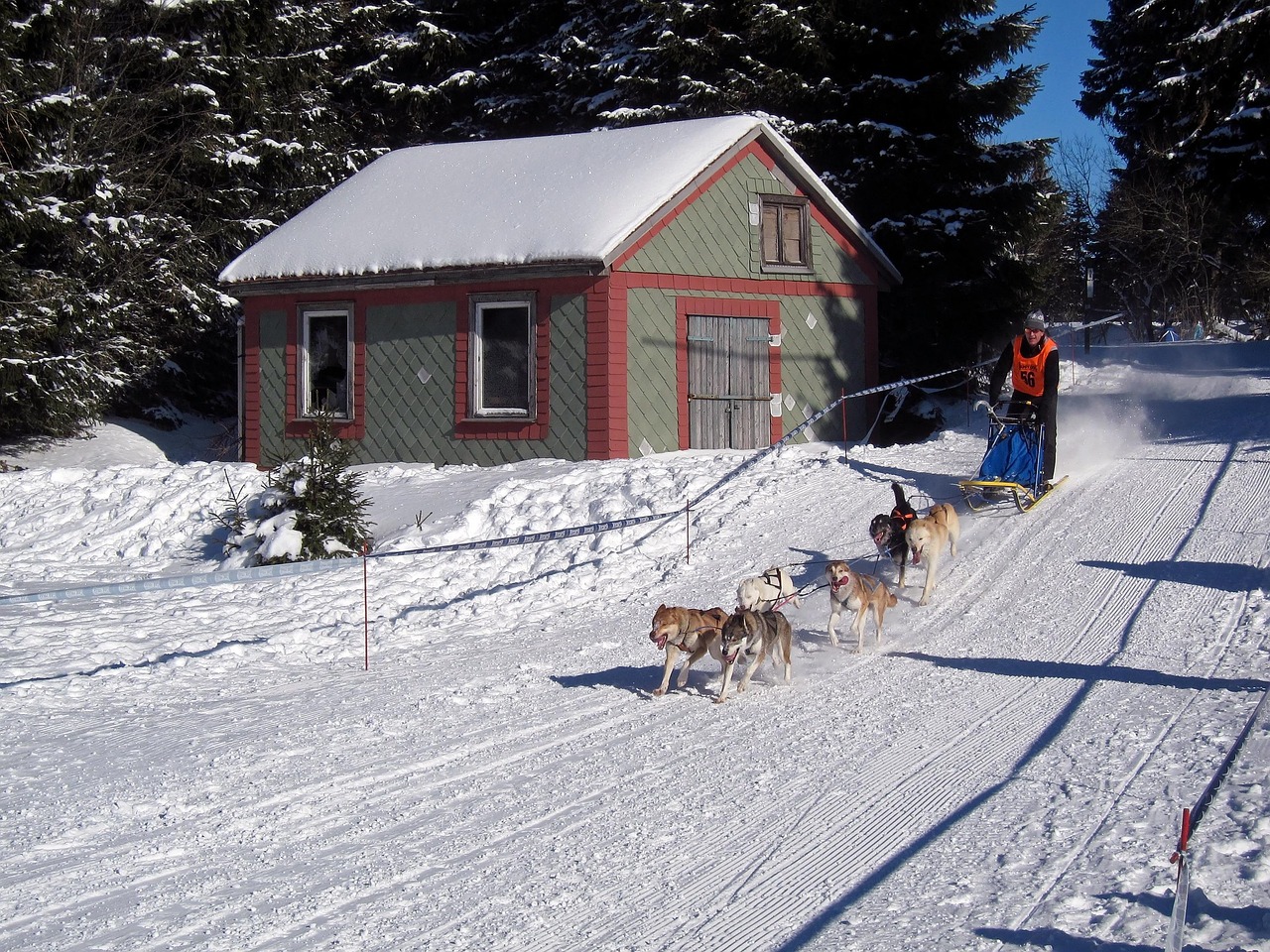Training a dog to pull a sled, also known as mushing, is a fun and rewarding activity that can be enjoyed by both the dog and the owner. However, it requires patience, dedication, and a well-structured training plan. Before starting the training process, it’s essential to choose a breed that is suitable for sled pulling, such as Siberian Huskies, Alaskan Malamutes, or Samoyeds. These breeds have the physical characteristics and temperament necessary for this type of activity.
In this article, we will explore the steps involved in training a dog to pull a sled, including the preparation, training, and safety measures that need to be taken.
Introduction to Mushing
Mushing is a popular winter sport that originated in the Arctic regions, where dogs were used to pull sleds to transport people and goods. Today, mushing is enjoyed by many people around the world, both competitively and recreationally. It’s a great way to get exercise, enjoy the outdoors, and bond with your dog. However, it’s crucial to remember that mushing is a physically demanding activity that requires a lot of energy and endurance from the dog.
Preparation is Key
Before starting the training process, it’s essential to prepare your dog and the equipment. Here are some steps to follow:
First, make sure your dog is healthy and has the necessary vaccinations and check-ups. It’s also crucial to build a strong bond with your dog, based on trust, respect, and clear communication. You should also invest in a good quality sled, harness, and other equipment that is specifically designed for mushing.
It’s also important to choose a suitable location for training, with a flat and smooth surface, such as a frozen lake or a snow-covered trail. The location should also be free from distractions and obstacles that could pose a risk to the dog or the owner.
Training the Dog
Training a dog to pull a sled requires patience, consistency, and positive reinforcement. Here are some steps to follow:
Start by introducing the dog to the sled and the equipment, allowing them to get used to the new sights and smells. Then, begin with short training sessions, gradually increasing the duration and intensity over time.
It’s essential to teach the dog basic commands, such as “start,” “stop,” and “turn,” and to rewards them with treats and praise when they respond correctly. You should also focus on building the dog’s endurance and stamina, by gradually increasing the distance and speed of the training sessions.
Here are some tips to keep in mind when training your dog:
- Start with short training sessions and gradually increase the duration and intensity over time
- Use positive reinforcement, such as treats and praise, to reward the dog for good behavior
- Focus on building the dog’s endurance and stamina, by gradually increasing the distance and speed of the training sessions
- Teach the dog basic commands, such as “start,” “stop,” and “turn,” and reward them for responding correctly
- Be patient and consistent, and avoid pushing the dog too hard, as this can lead to injury or burnout
Safety Measures
Safety should always be the top priority when training a dog to pull a sled. Here are some safety measures to keep in mind:
Always wear a helmet and protective gear, such as knee pads and elbow pads, to protect yourself from injury in case of a fall. You should also make sure the dog is properly harnessed and secured to the sled, to prevent them from getting injured or escaping.
It’s also crucial to check the weather and trail conditions before heading out, and to avoid training in extreme weather conditions, such as heavy snowstorms or freezing temperatures. You should also bring a first aid kit and a phone with you, in case of an emergency.
Conclusion
Training a dog to pull a sled is a fun and rewarding activity that requires patience, dedication, and a well-structured training plan. By following the steps outlined in this article, you can help your dog become a skilled and confident sled puller, and enjoy the many benefits of mushing, including exercise, fresh air, and quality time with your dog. Remember to always prioritize safety, and to be patient and consistent in your training approach.
